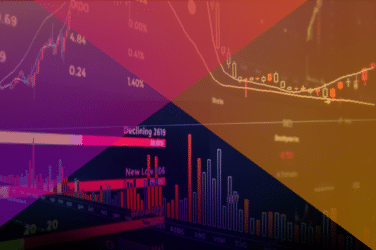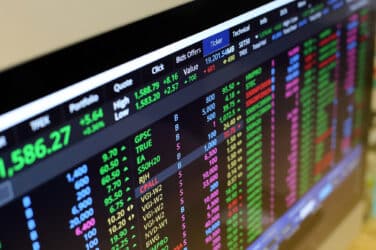
 
Chris White is founder and CEO of ViableMkts
What does 2017 have in store for corporate-bond market structure?

Chris White, ViableMkts
The Credit Crisis of 2008 has fostered an annual tradition of predicting which fixed income market will be radically reformed in the coming year, but for the most part, the corporate bond market has avoided any meaningful change. The outlook for 2017 could be quite different for corporate bonds. The coming year brings a combination of elements that could shift corporate bond market culture from romanticizing the traditional business model to a full acceptance, from all market participants, that innovation in a requirement. This change in perception is critical to the corporate bond market’s evolutionary process, so recognizing the signals of the culture shift is very useful for forecasting when material changes to market structure will be possible. Here are the signals to monitor for 2017:
-Transformation of Inter-Dealer Brokers
In 2016, mergers and acquisitions profoundly and permanently altered the fixed income IDB landscape. Some IDBs still prioritize their traditional role as a wholesale marketplace for dealers, however, all major IDBs have launched versions of “All to All” platforms in corporate bonds. The attempt to solicit buy-side accounts in to an IDB environment is a monumental shift in culture. The key signal to look for in 2017 is whether or not buy-side institutions adopt any of the existing IDB offerings.
-Data
Complaints about TRACE and a recent argument to delay the reporting of block trades illustrate the traditional view on market data within the corporate bond market, less is more. However, this ideology is coming into direct conflict with 22e-4, a new SEC regulation that requires funds to improve their oversight and management of liquidity risks. For markets with poor quality market data, like corporate bonds, meeting the requirements set out by 22e-4 is a major challenge that can only be met with better pre-trade data. The signal to look for in 2017 is an emphasis from the buy-side for better pre-trade data quality in the corporate bond market.
broadstreet.zone(53777, {responsive: true, softKeywords: true, keywords: [”]});
-All to All
The momentum around All to All trading in the corporate bond market will undoubtedly see continued follow through as Tradeweb recently announced that they would be providing similar functionality to MarketAxess’ Open Trading in Q1 2017. While there have been signs of initial success for trading odd-lots in an All to All format, the two areas where All to All has yet to prove itself as a useful solution in the institutional market or a market with persistent volatility. The signals to look for in 2017 are growth in average trade size for All to All platforms and platform performance during highly volatile trading days.
-Transformation of the Buy-side from Price-Taker to Price-Maker
The concept of buy-side institutions becoming price-makers in the corporate bond market is attractive due to the assumed benefits from reducing transaction cost and improving portfolio performance. Realizing these benefits requires significant changes in technology and behavior for traditional asset-managers. In 2016, we saw signs that at least one asset-manager, Alliance Bernstein, was rising to meet the challenge of being a price-maker by building their own proprietary technology. The signals to look for in 2017 will be whether Alliance Bernstein can demonstrate material performance benefits through their new approach and if other asset-managers establish their own solutions for corporate bond trading.





